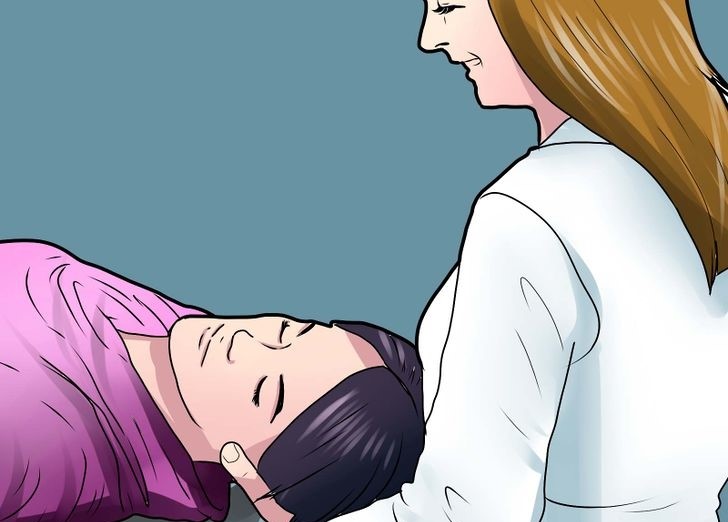It can be challenging to determine what is the best treatment for BPPV (Benign Paroxysmal Positional Vertigo). As BPPV is one of the most common causes of vertigo, here we’ll be taking a look at several methods that you can use for treating this condition:
The Dix-Hallpike Test
This is a test which is used for diagnosing BPPV. It is done by a patient laying down and rotating their head at a 45 degree angle, with their head declined at a 20 degree angle. During this test, a physician or vestibular specialist will support the patient’s head by holding it in position and will watch for any signs that may indicate Benign Paroxysmal Positional Vertigo. Such signs include nystagmus (rapid involuntary movements of the eyes) or vertigo.
Vestibular Rehabilitation Therapy (VRT)
VRT is an effective approach which can be taken for treating BPPV. It involves using a combination of balance and gaze stabilisation exercises, which train and challenge the vestibular system. Various reflexes such as the vestibulo-ocular reflex (VOR) and optokinetic reflex (OKR) are activated whilst performing this type of therapy.
The vestibulo-ocular reflex is essential for ensuring that your vision is steady when you make head movements and that your vision is still in focus. This reflex also plays an important part in making sure that vertigo isn’t triggered, each time you move your head.
As for the optokinetic reflex, this reflex is also active during head movements and works very closely with the vestibulo-ocular reflex. The optokinetic reflex is essential for enabling the eyes to follow moving objects, such as cars, and allowing the eyes to return to their original position using a fast eye movement known as a saccade.
By using VRT as a treatment for BPPV, overtime your body will better adapt to head and neck movements, resulting in less occurrence of vertigo.
The Epley Ominax System
The epley ominax system provides very precise investigation of the semicircular canals within the inner ear. Crystals made from calcium carbonate are sometimes misplaced within the ears, resulting in vertigo and disorientation. This system is used to provide a fast and effective treatment, which brings about less vertigo related symptoms such as vomiting, when undergoing this kind of procedure.
The Epley Maneuver
Very similar to the epley ominax system, the epley manuever uses a more manual approach as another treatment for BPPV. A physician or vestibular specialist will use their hands to guide the patient into various body positions and head movements, tilting and rotating the head at various angles. This allows any crystals within the ears to be moved back into their original placements. Signs of vertigo can occur when undergoing this process, so it’s important that the professional conducting the epley maneuver goes as comfortably as possible for the patient suffering from BPPV.




